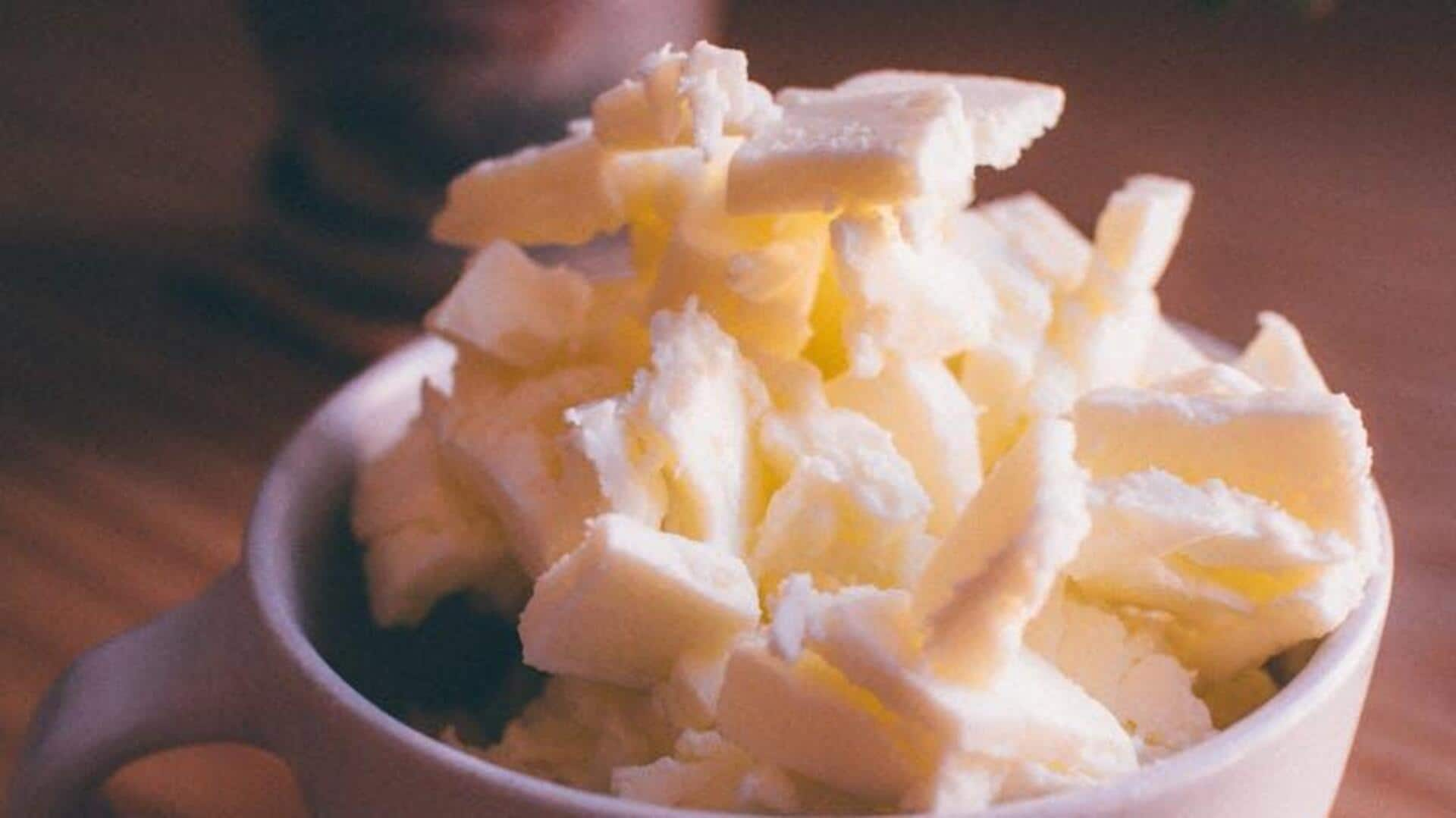
Butter v/s ghee: Comparing their nutrition
What's the story
Butter and ghee are two widely-used cooking fats, both with unique nutritional profiles. Although both are derived from milk, they are processed differently and have different nutritional profiles. Knowing the difference between the two can help you choose the right one for your diet, based on your health and cooking preferences. Here, we take a look at the major nutritional differences between butter and ghee.
Fat content
Fat content comparison
Butter is about 80% fat, while ghee is almost pure fat (about 99%). The other constituents in butter are water and milk solids, which are removed when butter is clarified to make ghee. This increased concentration of fat gives ghee a richer flavor than butter. But, the choice may vary based on fat goals in your diet.
Lactose-free option
Lactose and casein presence
Ghee is generally thought of as lactose-free since the milk solids (which contain lactose) are taken out while preparing it. Butter, on the other hand, contains trace amounts of lactose and casein. For those suffering from lactose intolerance or dairy allergies, ghee is a better option since it contains negligible quantities of lactose.
Cooking temperatures
Smoke point differences
The smoke point of a cooking fat determines how it behaves under heat. Ghee has a higher smoke point than butter, making it more suitable for high-temperature cooking methods like frying or sauteing. Butter's lower smoke point means it can burn more easily at high temperatures, potentially affecting flavor and releasing harmful compounds.
Nutrient profile
Vitamin content variations
Both butter and ghee are rich in fat-soluble vitamins A, D, E, and K, but their levels may differ slightly due to the method of processing. Ghee may contain slightly higher amounts of certain vitamins since it is concentrated during the process of clarification. Regardless of the variations in vitamin content, both fats offer essential nutrients that promote health when consumed in moderation.